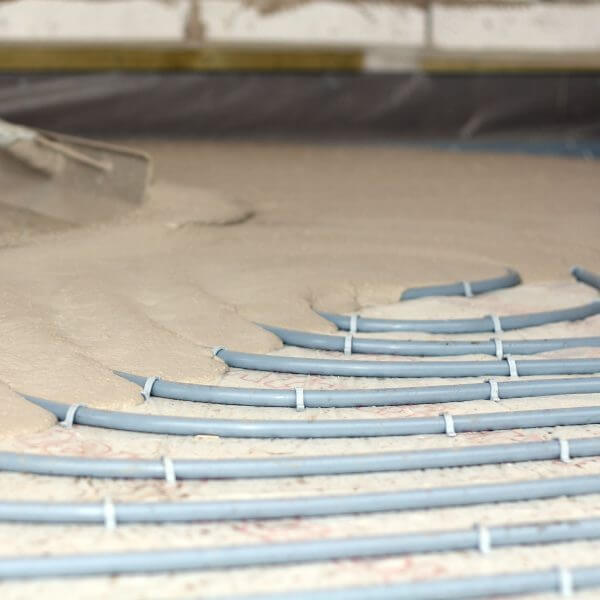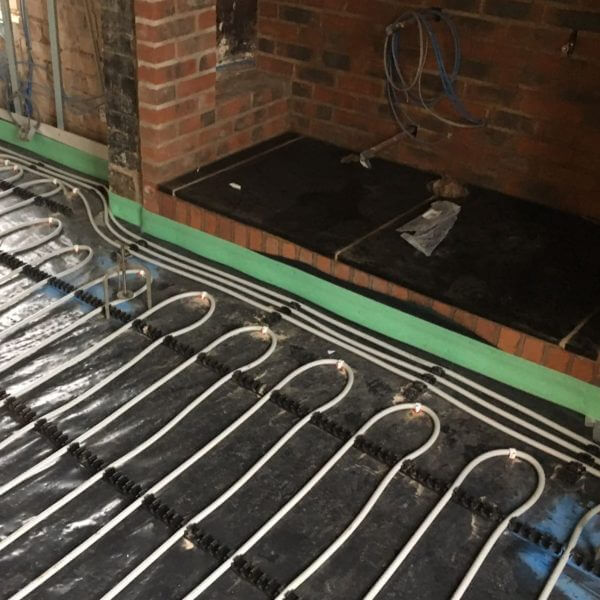How Much Money Does Underfloor Heating Save For Homeowners?
Efficient underfloor heating is often claimed to save 15-40% on utility bills, which is why many homeowners are making the switch away from radiator based heating. This means that a bill of £60 for radiator heating could be £37-£51 if it were underfloor heating instead*.
But where does this statistic come from? Will you really be saving money in the long run, or are there hidden costs?
*Assuming 7p per kWh of gas, based on the current October 2023 price cap. Standing charges not included.
The Benefits of Underfloor Heating in Statistics
The statistic of saving 15-40% on bills is not necessarily a concrete statistic, but based on a variety of benefits that efficient underfloor heating provides. It also depends on the insulation and integrity of your home. A home with an ageing heating system will be using much more energy than one with a modern system.
After 12-15 years of use, your radiators will suffer from age and corrosion, meaning considerably less heating efficiency. Furthermore, radiators installed before the year 2000 often use inefficient materials and designs, meaning they are up to 50% less efficient than brand-new radiators. Underfloor heating meanwhile can last up to 50 years, and is currently 25% more efficient than the current modern radiator design.
Underfloor heating is also often coupled with underfloor insulation and damp proofing, such as in our EasyStandard design. Together, these two installed on a solid ground floor can save approximately £60 to £145 on an annual heating bill.
This isn’t the only benefit underfloor heating has over radiators. Boilers have to be heated to 70°c to supply radiators efficiently, but thanks to how underfloor heating works, underfloor pipes only need temperatures of 40°c to effectively heat rooms. This means boilers will be using approximately 12% less gas when the heating is turned on.
If you use 7 kWhs with a radiator system to heat a room in a day, that would come to 49p on your utility bill*. But with efficient underfloor heating, that would be 6 kWhs and just 42p*. That is assuming the underfloor setup runs for the exact same amount of time, which often it does not. A well-designed underfloor heating system will often need less time to heat the room to the desired temperature.
*All cost estimates based on current domestic gas prices as of October 2023. Standing charges not included.
What About Electric Underfloor Heating Costs?
The benefit of electric underfloor heating is that it is cheaper to install than wet underfloor heating, and radiators. It’s fairly easy to install too, and can be put in places where it may be difficult for standard water-based central heating solutions.
However, as of the current energy prices, electric heating is far more expensive. Electricity prices are currently 27p per kWh as of October 2023, almost 4x the price of gas. And unlike water based heating, electric underfloor heating has to run for longer to reach the desired temperatures of your thermostat.
In other words, unless electricity prices go down to match gas prices, you will rarely see any savings.
What About Installation Costs?
It is true that in-floor heating has a significant installation cost, and it can take years for this to be offset by the savings. While electric underfloor heating costs to install are significantly lower, this is often not offset by the operating costs. Generally, the less efficient your current heating setup is, the quicker the installation costs will be offset.
There are also money saving options available in the form of residential grant schemes. These can offset the cost of installing new heating, and let you enjoy the benefits of underfloor heating. You are more likely to find beneficial schemes run by your local council if your home has a poor EPC rating.




Where To Find Us